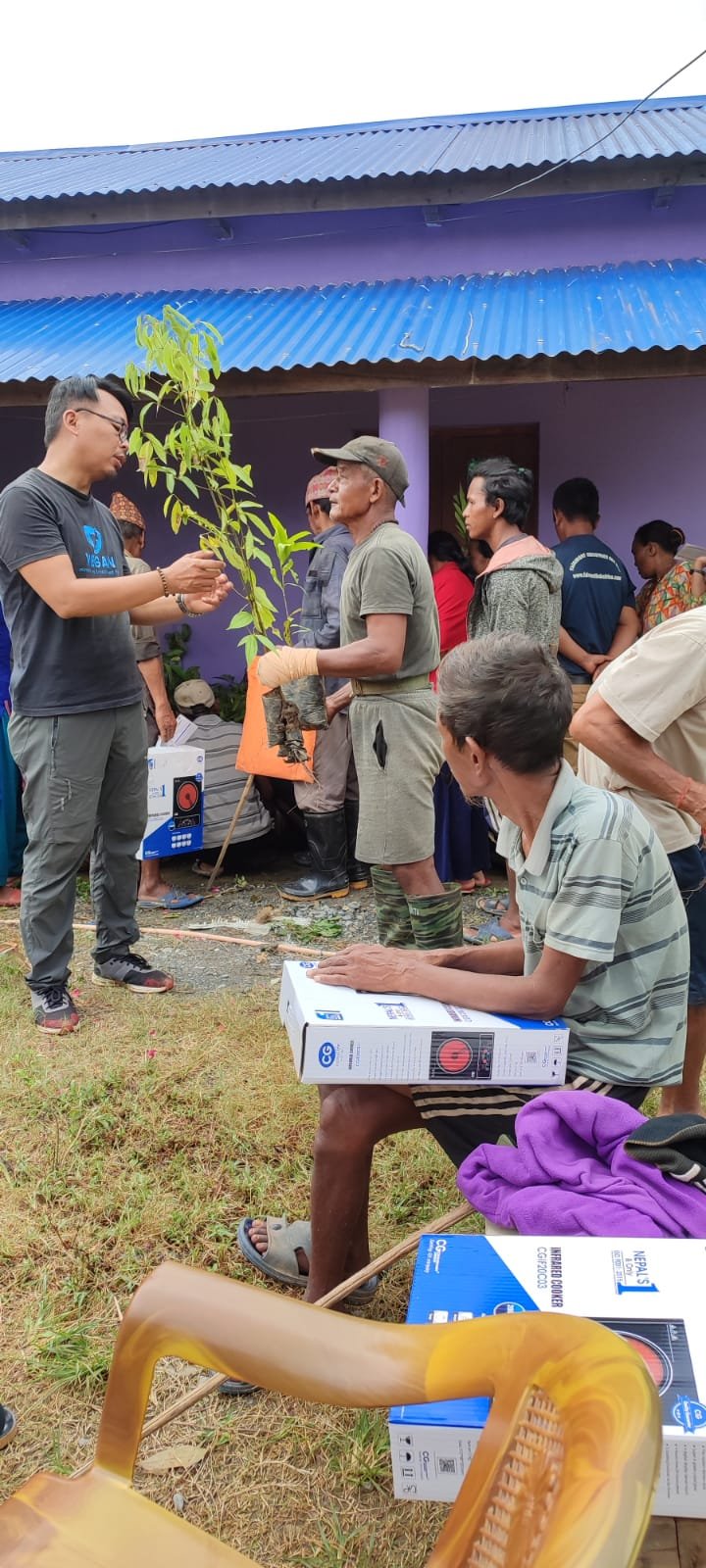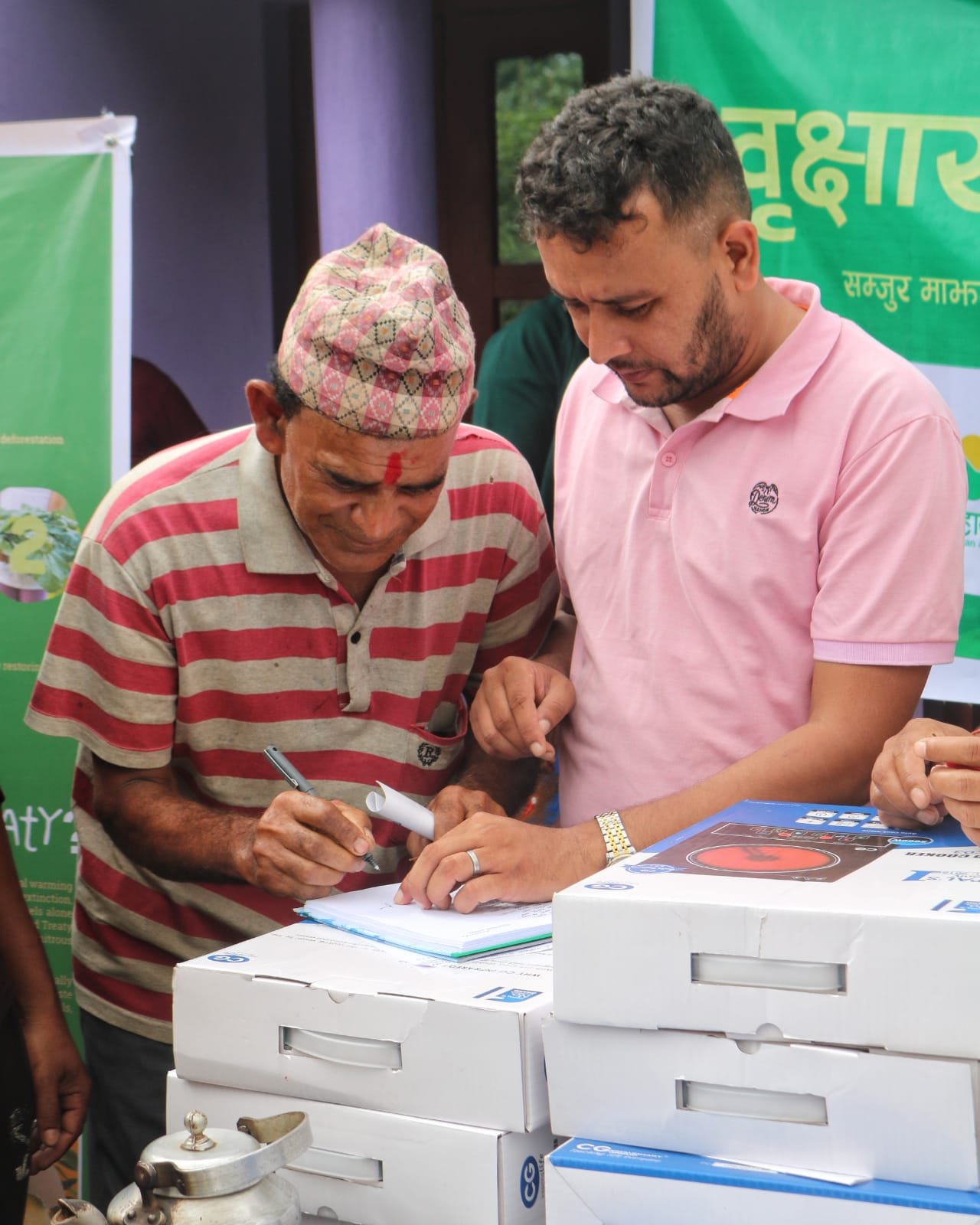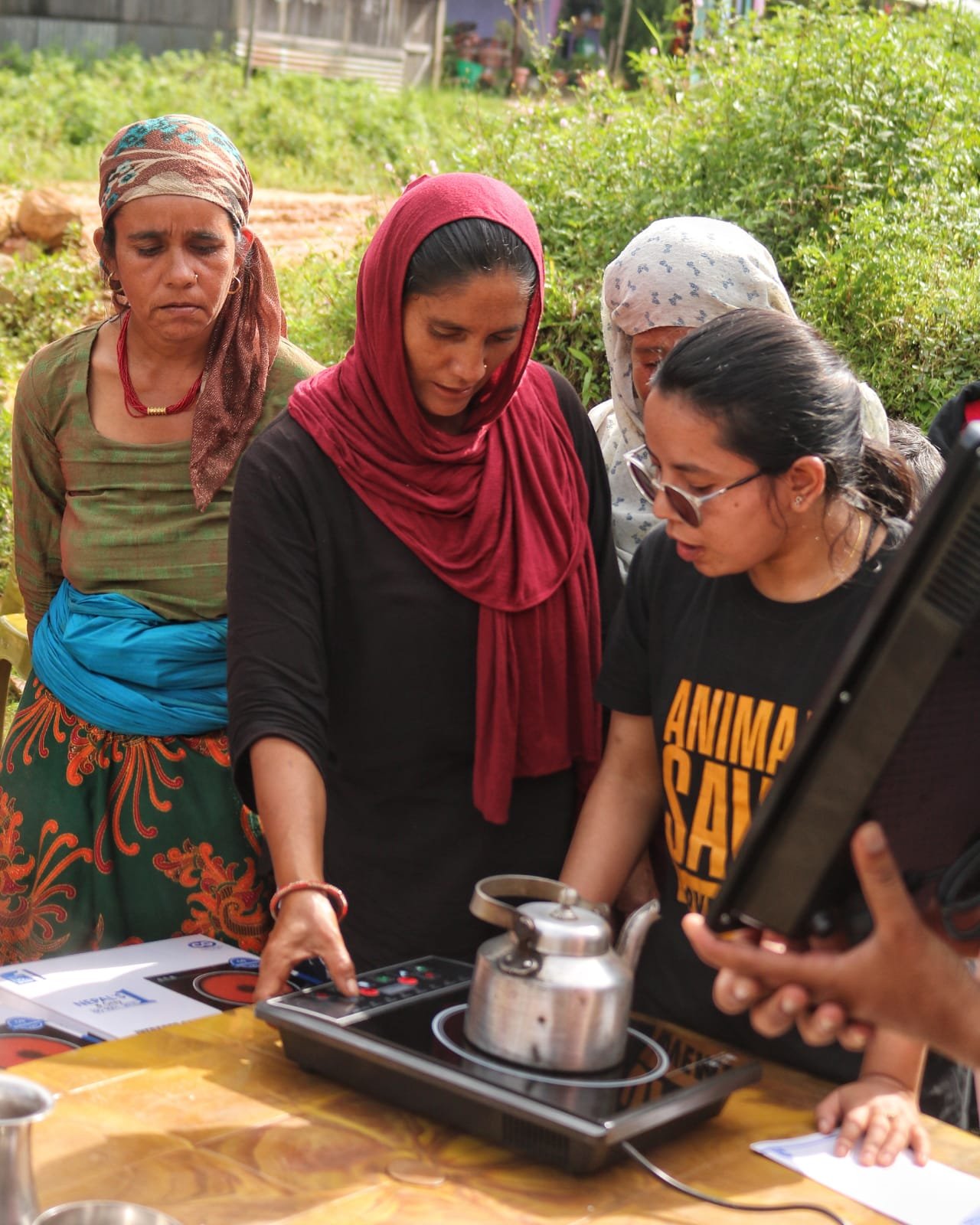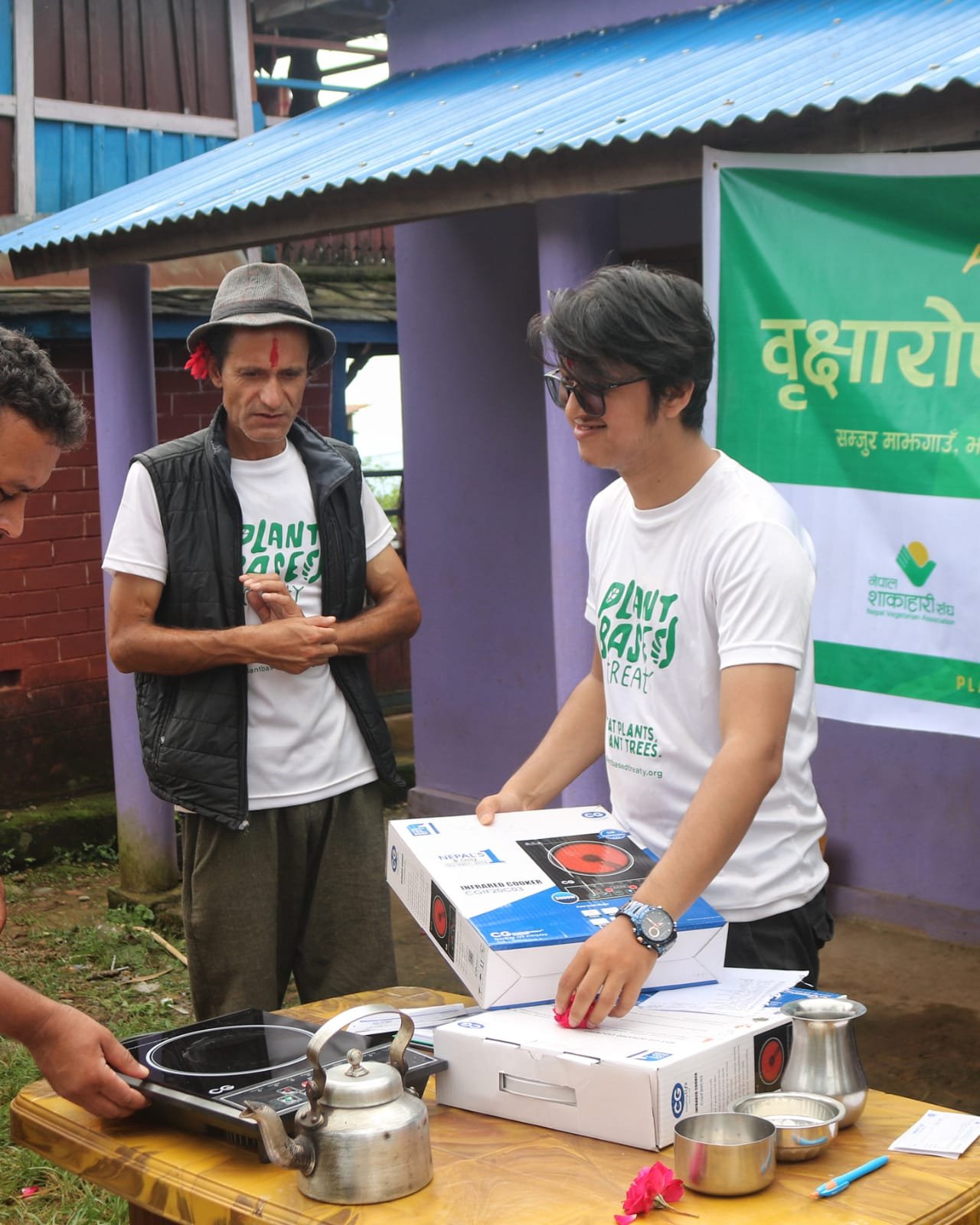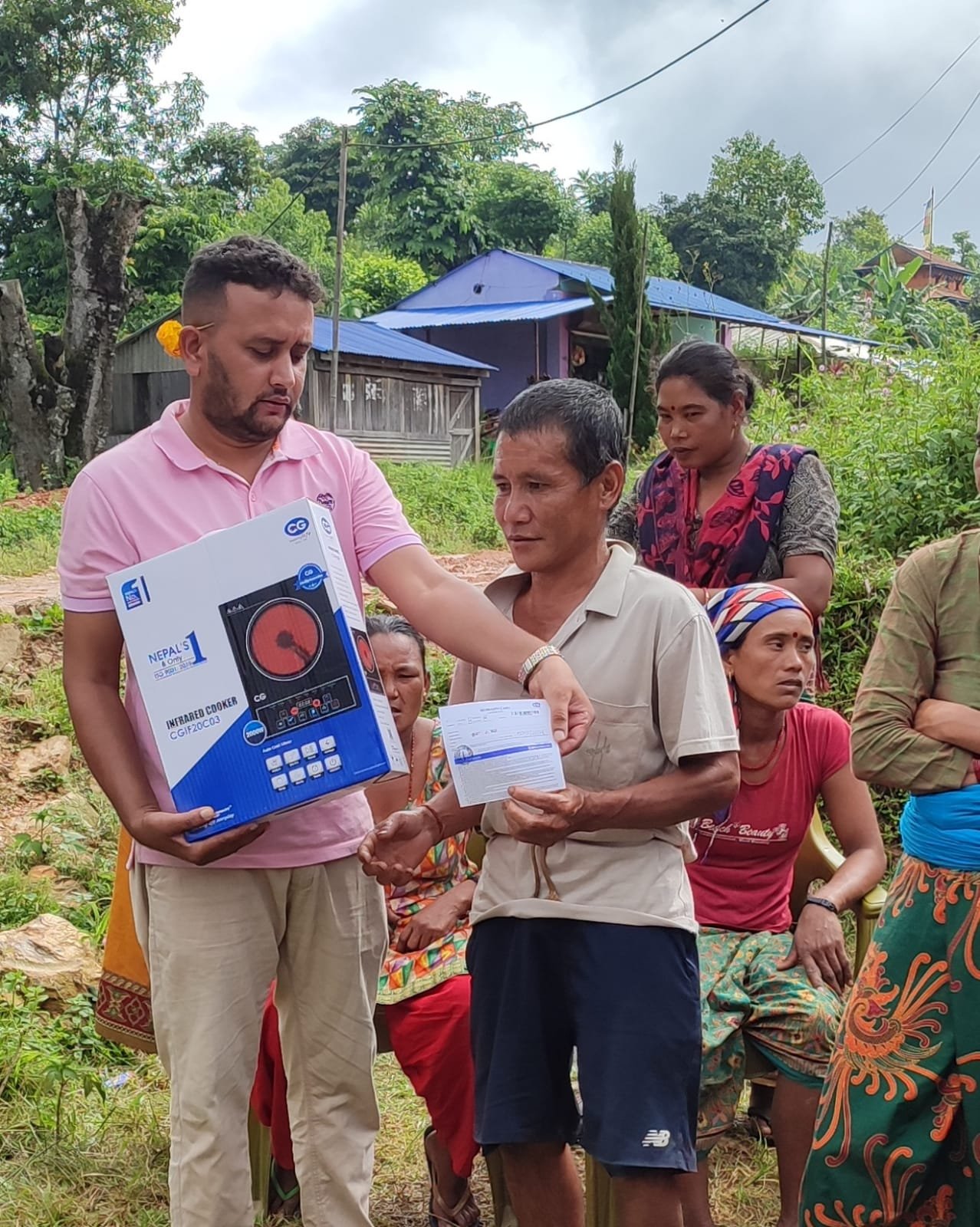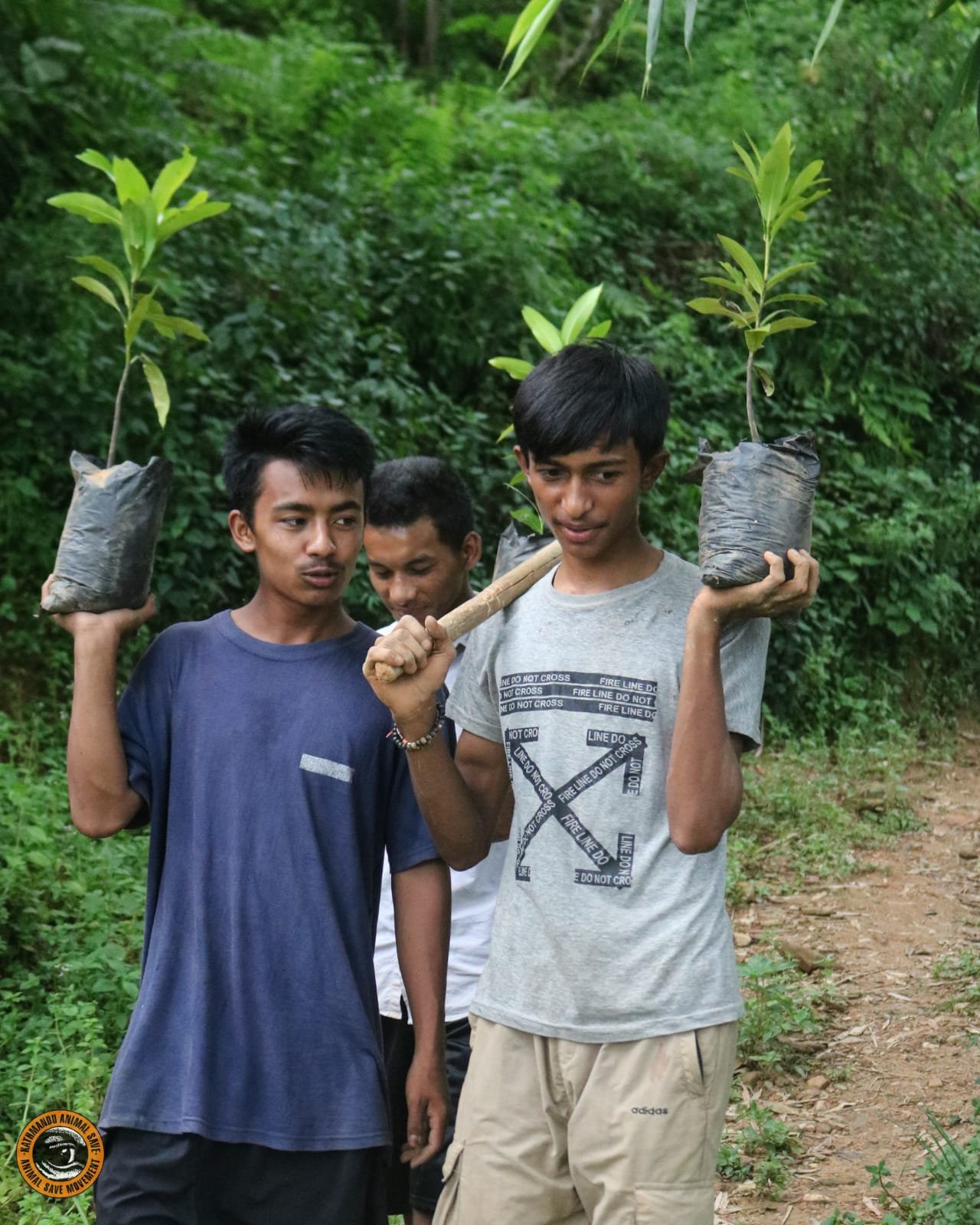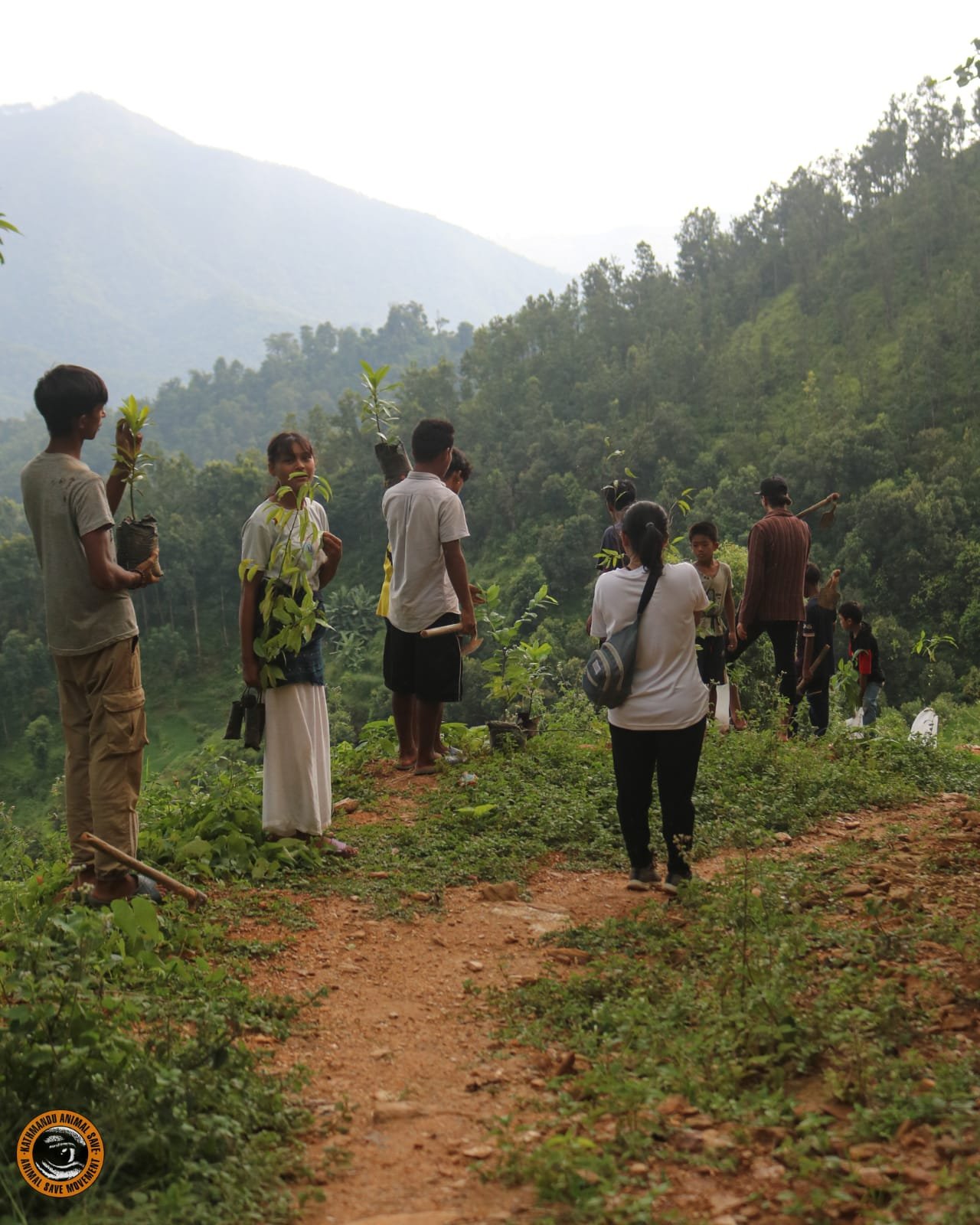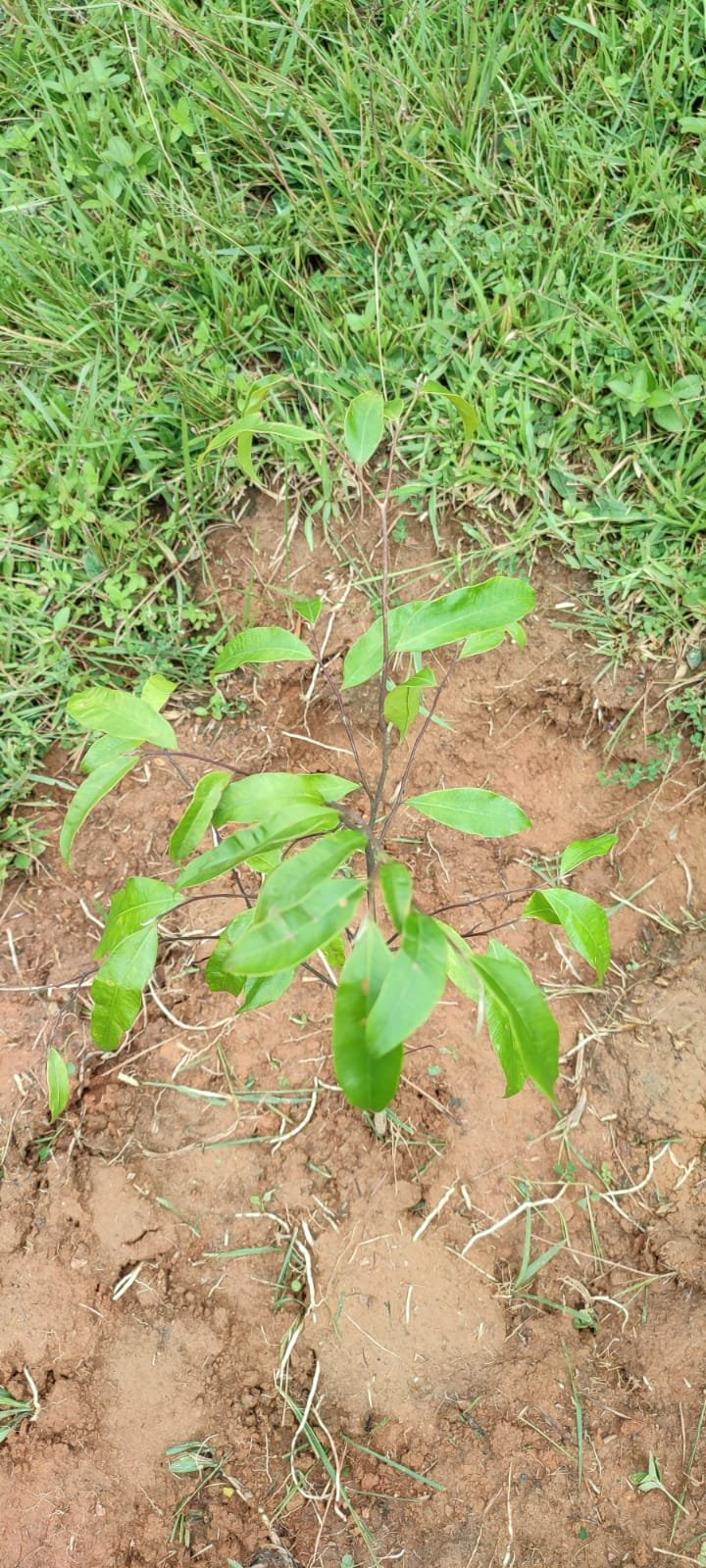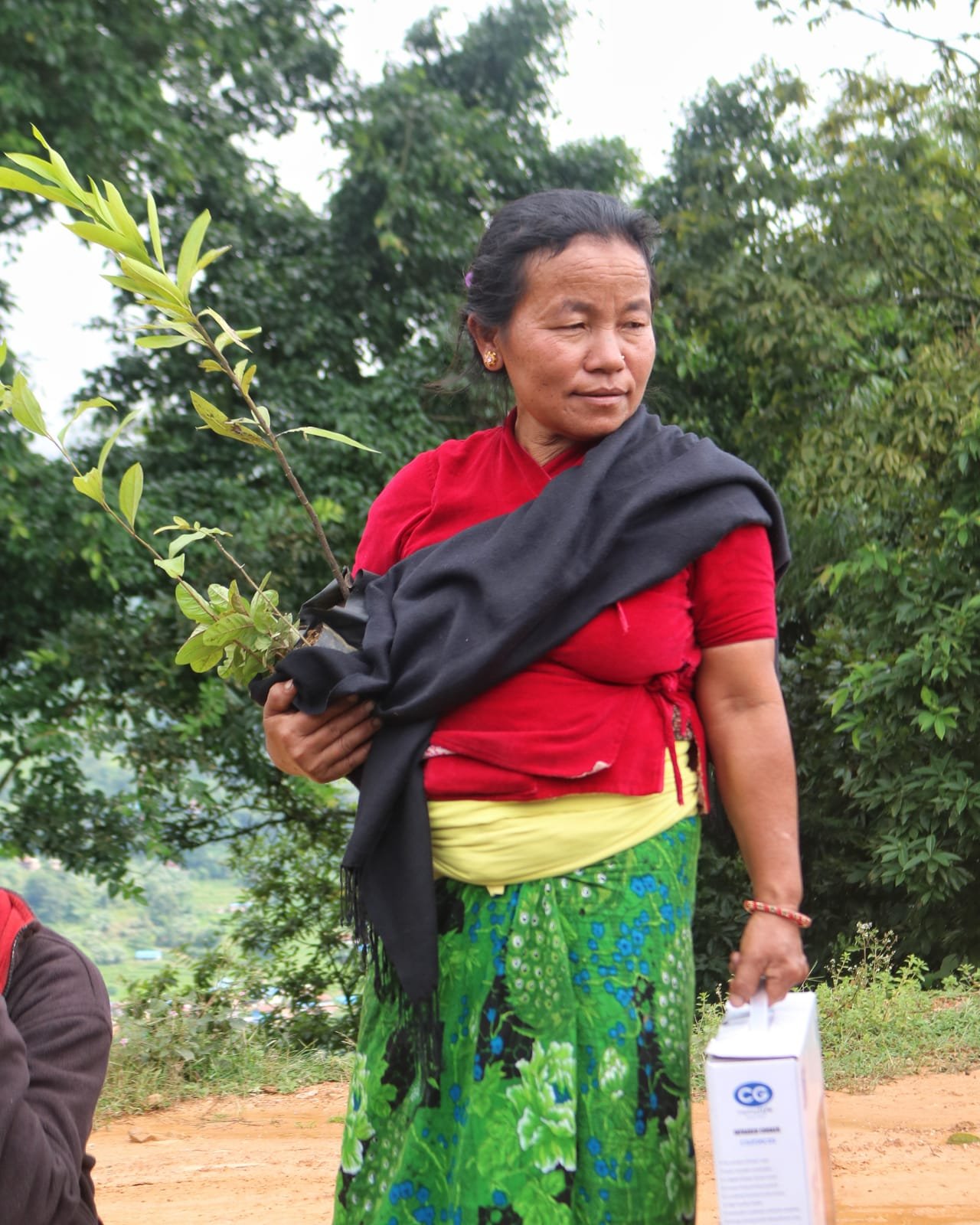Are ‘Community Based Offsets’ an Interim Solution for Tourism’s Carbon Problem?
Community based travel offsets: Replacing biomass cooking with induction stoves in a rural community in Nepal. Photo: Kathmandu Animal Save.
Depending on who you speak to, “offsets” is often considered a dirty word.
Over the years, global offset schemes have been proven ineffective, or even unethical. Studies in 2016 and 2019 suggested that some tree planting carbon offset programs overstated their emissions reduction, while others went awry due to manmade disasters or climate change itself (think forest fires).
Others argue - and compellingly so - that offsets tend to give a free reign to businesses who’d rather pay to offset rather than reduce their emissions. What we really need is a shift towards a low carbon economy.
While these criticisms and arguments are valid, they lack an interim solution for the tourism industry which contributes atleast 8% annually to global GHG emissions. Even responsible travel businesses – that prioritize ‘no fly’ journeys, offer accommodations powered by renewable energy, create entrepreneurship and livelihood opportunities for local communities, minimize their single-use plastic footprint, and focus on local, organic and plant-based foods – have a net negative environmental footprint on the planet. The fact is that carbon is emitted when people fly to a destination, use electricity at any kind of accommodation (as determined by LCA models, even clean energy has a sizeable extraction and disposal footprint), travel by any motorized form of transport (even electric or hybrid vehicles), and consume any kind of food.
That is to say, after a thorough analysis of a travel business’ carbon footprint and possible reductions in its emissions, we are still left with a chunk of CO2 equivalent emissions per traveller. And there could be more impactful ways the tourism industry could “offset” it, rather than the easy route of buying cheap trees halfway across the world.
Meaningful offsetting could take the form of green projects in destinations where a travel business operates, with tangible benefits for local communities - hence “community based offsets.” Such offsets could simultaneously create opportunities to engage travellers on the need for climate action, and enable monitoring through the local presence of the business.
Offsetting tours with community based offsets
Can carbon offsets for travel be designed to benefit local communities in the region of travel? Photo: Kathmandu Animal Save.
At Climate Conscious Travel, we are proud to have run a successful pilot project with Vegan Travel Asia – winner of Asia’s Responsible Tourism Award at World Travel Awards twice in a row – for Community Based Offsets centered on the needs of local community members in regions where they offer their trips.
In the pilot phase, Climate Conscious Travel calculated the carbon footprint of a travel and food centric gathering of 400, 250 and 150 people in Kathmandu (4 nights), Pokhara (3 nights), and Lumbini (2 nights) respectively. Using Life Cycle Assessment methodology and the Climate Care tool (when exact data was unavailable), we determined the CO2 equivalent emissions of this moving event, excluding international flights taken by delegates to arrive in Nepal.
Reducing emissions
In an attempt to reduce emissions, the following measures were taken:
Electric buses were deployed in Lumbini to ferry delegates.
Room sharing among delegates was encouraged.
A land route option between Kathmandu and Pokhara was made available for the adventurous at heart, despite broken road conditions.
All meals served during the 10 days were locally sourced and plant-based.
Community based offsets: Replacing biomass cooking with electric induction stoves
Gallery: Local language training for using induction stoves, and distribution of stoves to replace biomass cooking. Photos: Kathmandu Animal Save.
In order to offset the remaining carbon footprint, we proposed two types of community based offsets. The first involved replacing biomass for cooking with electric induction stoves, with a twofold goal: Reducing carbon emissions since the bulk of grid electricity in Nepal comes through hydropower, and reducing the public health risk to women due to PM 2.5 and other pollutants released by biomass cooking (especially indoors).
Through Vegan Travel Asia’s Nepal-based team, a rural community was identified in eastern Nepal, where people relied entirely on biomass cooking despite mostly steady availability of grid electricity. It was estimated that each household burnt 7 kilograms of wood daily to meet their cooking needs, while also exposing themselves to its adverse health effects. Stoves were sourced from a Nepalese supplier with a view to supporting local businesses.
Through the support of Kathmandu Animal Save and their initiative Plant Based Treaty, a local language training session was conducted by the Nepal team, to familiarize the community with the transition from biomass to induction cooking. An enterprising member of the community also took responsibility to troubleshoot any challenges faced in the usage of the induction stoves.
Community based offsets: Co-planting valuable native trees in the local community forest
Gallery: Co-planting valuable native trees in the community forest. Photos: Kathmandu Animal Save.
The second offset method involved co-planting valuable native trees in the local community forest. The biggest challenge of tree planting as an offset is the survival rate of vulnerable seedlings and young trees, especially in non-protected areas. Through conversations with Vegan Travel Asia, it was determined that given the promise of a future source of food or income, local fruiting trees (expected to fruit in 4-5 years) had the highest chances of survival to maturity. Nepalese volunteers joined the co-planting efforts, while some saplings were distributed among households to pick a favorable time for planting during the rainy days of late August and early September.
Monitoring the offsets
Since Vegan Travel Asia’s tours frequently visit the region, we hope to be able to monitor these needs-based offsets annually, and draw lessons on how best to design future community based offsets.
Vegan Travel Asia has committed to carbon neutral trips by the end of 2025, in the Glasgow Declaration on Climate Action in Tourism. Climate Conscious Travel is currently determining the carbon footprint of their tours in Cambodia, Thailand and 9 other countries across Asia, with a view to possible reduction in emissions, designing efficient community based offsets that can be monitored over time, and building climate awareness by inviting travellers to engage with offset projects in the region of travel.



